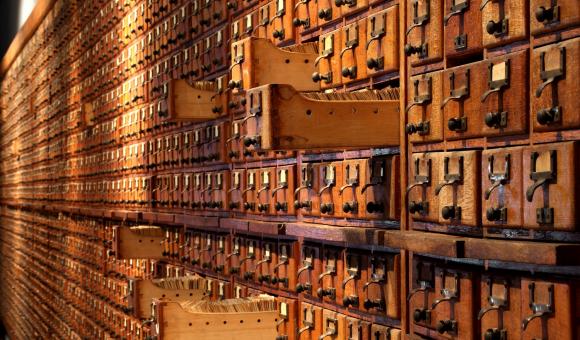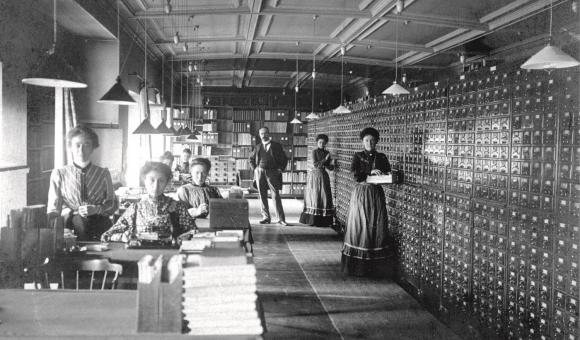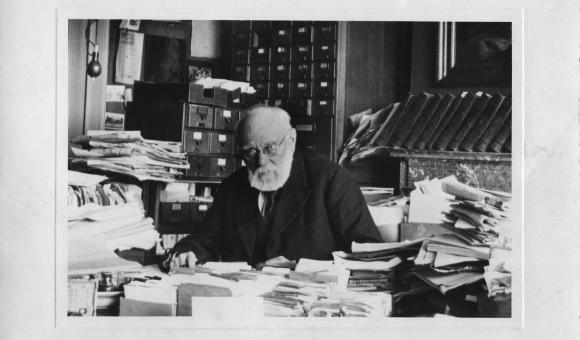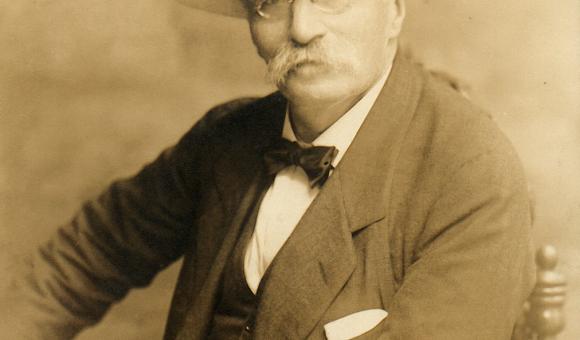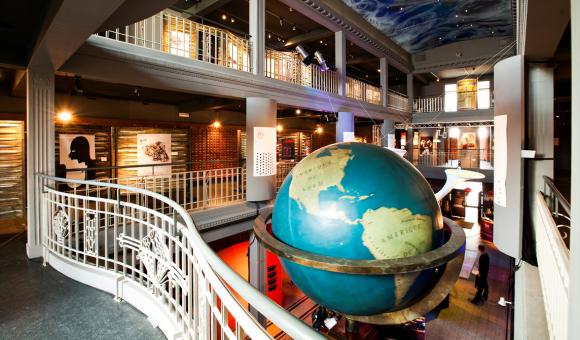
After Mons 2015, the European momentum is continuing at the Mundaneum! Following a selection process started in 2014, the European Commission has announced the names of the nine sites being awarded the European Heritage Label 2016, and the Mundaneum is one of them! This is the first Belgian site to join prestigious cultural institutions such as the Abbey of Cluny, the house of Robert Schuman or the Peace Palace in The Hague.
The sites that obtain the European Heritage Label celebrate and symbolise European integration, its ideals, values and history. They are chosen for their symbolic value, the role they have played in European history and the activities they offer to bring the European Union closer to its citizens.
Through the values defended by its founders, Henri La Fontaine (Nobel Peace Prize in 1913) and Paul Otlet, and the content of its collections, with their pan-European origins, the Mundaneum is the historical symbol of peace through culture in Europe.
A facelift for the Mundaneum
What’s more, after being closed for two years, the Mundaneum has reopened to the public on an even bigger site and that is even better equipped to welcome those who want to come closer to "all the world’s knowledge".
The dream of the two founders, the lawyer Paul Otlet and the Senator Henri La Fontaine, was in the last years of the 19th century, to gather together all the world's knowledge in one place to make it accessible to as many people as possible. A rather crazy project that also implied, for these two Belgian humanists, promoting an ideal of peace.
Hosted in Mons since the early 90s, the real treasure of the Mundaneum are the no fewer than 12 million bibliographic records classified in drawers in antique oak, which constitute the first attempt at a universal bibliographic index. Otlet and La Fontaine are indeed considered the fathers of the Universal Decimal Classification system.
In an Art Deco building on Rue de Nimy - the old warehouses of the Indépendance cooperative - visitors cannot miss the huge world map straight out of the fertile imagination of François Schuiten and Benoît Peeters.
They can then wander freely around the new spaces developed, on the initiative of the owner, the Wallonia-Brussels Federation, according to proposals submitted by architects Anne-Sophie Nottebaert, Gauthier Coton and Xavier Lelion.
A budget of about three million euros was made available to create not only a new museum shop, but also to create an educational wing, an "Utopia" multi-purpose space (conferences, etc.), and another multipurpose room.
In addition, the Mundaneum now boasts a reading room and an archive centre, at the back of the building. Installed in the basement, the latter can hold, in the best possible conditions of preservation, nearly six kilometres of archives, including those of the two founders, sometimes also hailed as the pioneers of the World Wide Web!
Find a part of this article in the W+B Magazine N°130.
